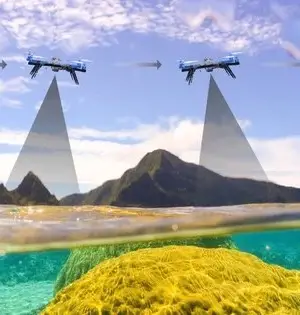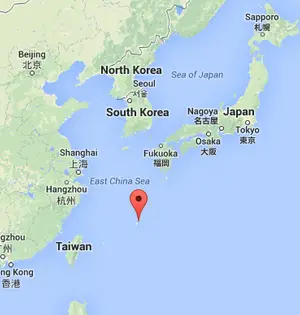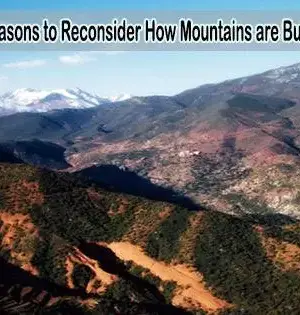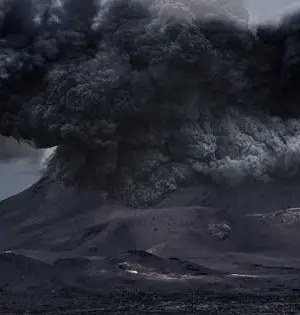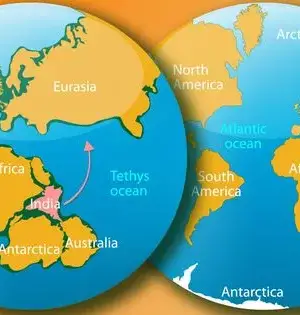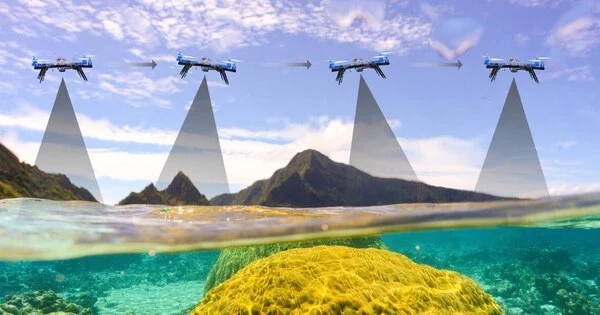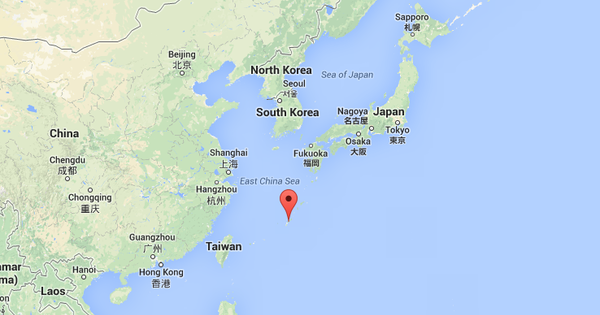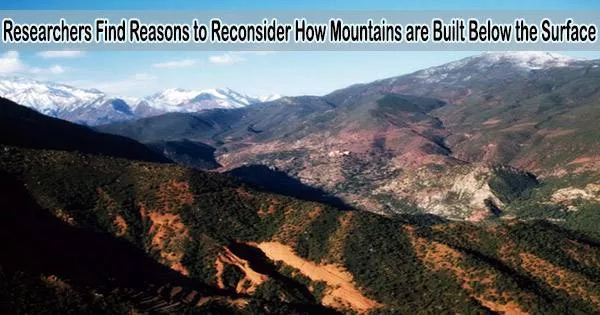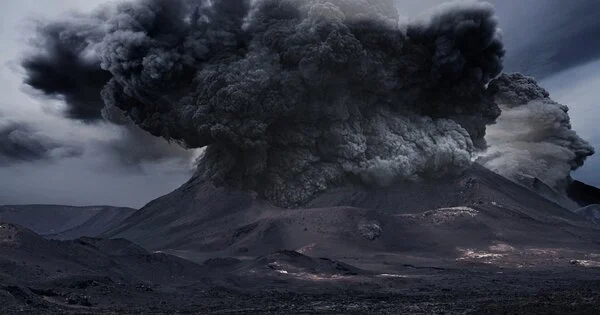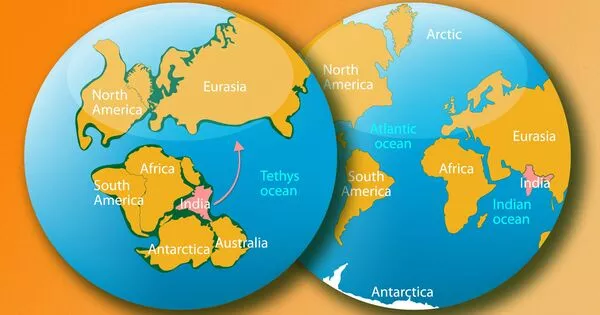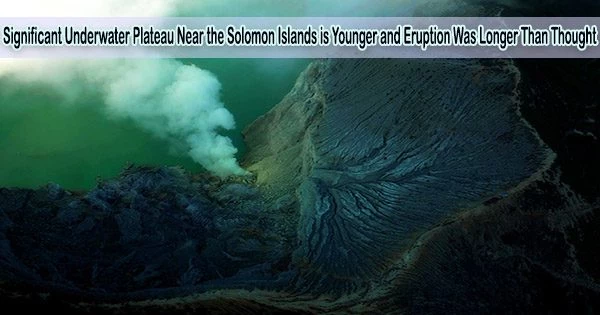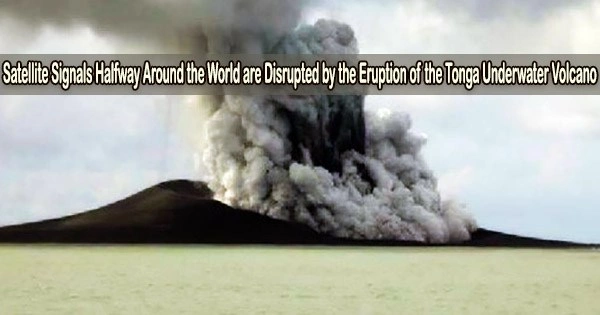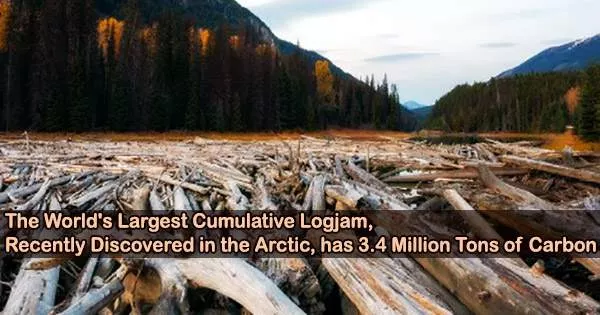According to a team led by Penn State scientists, drones flying along kilometers of rivers in the rugged, hilly terrain of central Taiwan and analyzing the rock qualities have offered fresh hints about how water helps build mountains over geological time. The researchers discovered a relationship between the size of pebbles in rivers and their steepness. The link demonstrates how rock qualities can influence the relationship between deep subsurface tectonic processes and how mountainous landscapes change shape. They published their findings in the journal Science Advances. "Over the course of a mountain belt developing, we're seeing differences in how rivers
Geography
Researchers detected buried kimberlite, the rocky home of diamonds, by examining the DNA of surface soil bacteria. Without drilling, these 'biological fingerprints' can tell what minerals are buried tens of meters beneath the earth's surface. According to the researchers, this is the first time current DNA sequencing of microbial communities has been used in the search for subterranean minerals. According to co-author Bianca Iulianella Phillips, a doctoral candidate at UBC's department of earth, ocean, and atmospheric sciences (EOAS), the research published in Nature Communications Earth and Environment represents a new tool for mineral exploration, where a full toolbox could save
Endemic species are those that can only be found in a certain geographic area and are not found anyplace else. They usually emerge as a result of a mix of geographical isolation and evolutionary processes. In the case of the Miyako Islands, their isolation from the rest of Japan and other surrounding landmasses has aided in the evolution of distinct species over time. Miyako Islands are home to a variety of native snakes and lizards. Scientists have long wondered how these creatures came to call these islands home. A group of academics reviewed the most recent geological and biological data
According to a study conducted by Colorado State University, the explanations for how and why mountains arise are more deeply hidden than previously believed. “Mountain building is a fundamental process of how Earth behaves,” said Sean Gallen, lead author and CSU assistant professor of geosciences, “and this study suggests that we may not understand that as well as we thought we did.” In order to use landscapes to recreate lengthy histories of mountain construction in southern Italy, Gallen and his team developed new data sets and methodologies. Their novel approach yielded some “confounding” results, according to Gallen. One tectonic plate
The Aleutian-Alaska Arc is a volcanic arc located in the Pacific Ring of Fire's northernmost region. It stretches over 3,000 kilometres from the Alaska Peninsula to the Aleutian Islands and is known for its dense concentration of active volcanoes. Scientific research has been conducted on these volcanoes in order to better understand their environmental impact, including the release of carbon dioxide (CO2) gas. Scientists have long wondered what happens to the organic and inorganic carbon that Earth's Pacific Plate transports into the planet's interior as it moves along the volcano-studded Ring of Fire. According to a new study, a significant
The East African Rift System is the world's largest continental rift. It runs over 6,000 kilometres (3,700 miles) from Ethiopia's Afar Triple Junction to Mozambique. The East African Rift System is a tectonic feature that is active and characterised by rift valleys, volcanic activity, and the formation of new crust. The African Superplume is responsible for the unusual deformations and rift-parallel seismic anisotropy observed beneath the East African Rift System, according to computer models. Continental rifting is characterised by a combination of stretching and breaking that extends deep into the Earth, according to geophysicist D. Sarah Stamps. Continental rifting involves
According to recent research led by Oregon State University, the Ontong Java Plateau, an underwater volcanic plateau in the Pacific Ocean north of the Solomon Islands, is younger and its eruption lasted longer than previously believed. The results, which were just published in Science, also call into question long-held beliefs that the formation of the plateau, which is roughly the size of Alaska, was the reason for an oceanic black shale deposit around the world. “This type of shale is formed when there is very limited oxygen in the ocean. This layer was formed about 120 million years ago and
An equatorial plasma bubble (EPB), which might be caused by volcanic eruptions, could seriously interfere with satellite-based communications, according to research conducted by an international team using satellite and ground-based ionospheric measurements. Their findings were published in the journal Scientific Reports. The area of the Earth's upper atmosphere known as the ionosphere is where solar energy ionizes molecules and atoms, producing positively charged ions. The F-region, located 150 to 800 km above the Earth's surface, is the region with the largest concentration of ionized particles. Because it reflects and refracts radio waves used by satellite and GPS tracking systems back
According to recent research led by the University of Colorado Boulder, streamflow in Alaskan rivers is increasing throughout both the spring and fall seasons, owing mostly to rising air temperatures over the last 60 years. This increased volume of free-flowing water during the shoulder seasons is exacerbated by earlier snowmelt and thawing permafrost, both of which are being influenced by rising temperatures; all of which are influencing the formation and safety of Alaska river ice in winter, as well as the timing of when rivers “break up” in response to seasonal warming each spring. The findings are the result of
Throughout the Arctic, rivers transport fallen trees from forests to the ocean. As the river twists and turns, the logs can stack up, resulting in long-term carbon storage. A new study has mapped the largest known woody deposit, covering 51 square kilometers (20 square miles) of the Mackenzie River Delta in Nunavut, Canada, and calculated that the logs store about 3.4 million tons (about 3.1 million metric tons) of carbon. “To put that in perspective, that's about two and a half million car emissions for a year,” said Alicia Sendrowski, a research engineer who led the study while at Colorado
